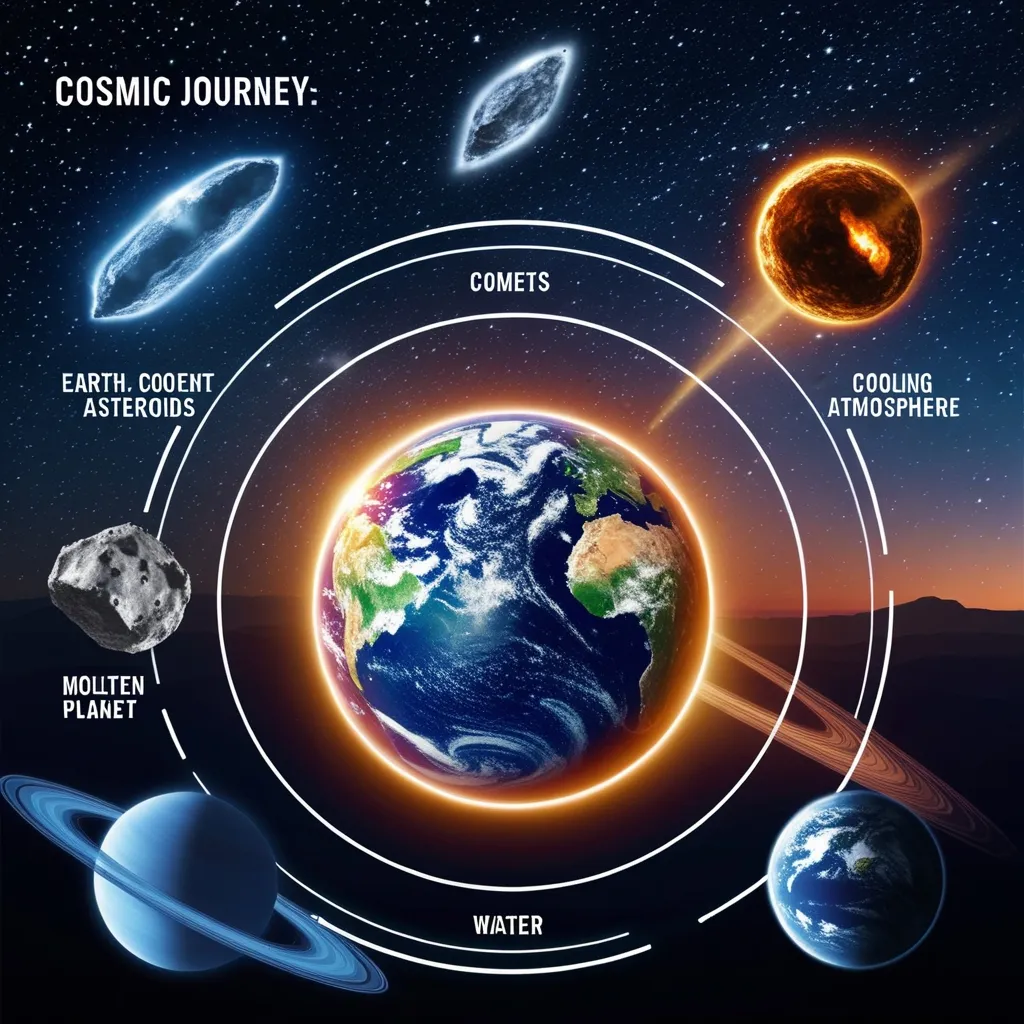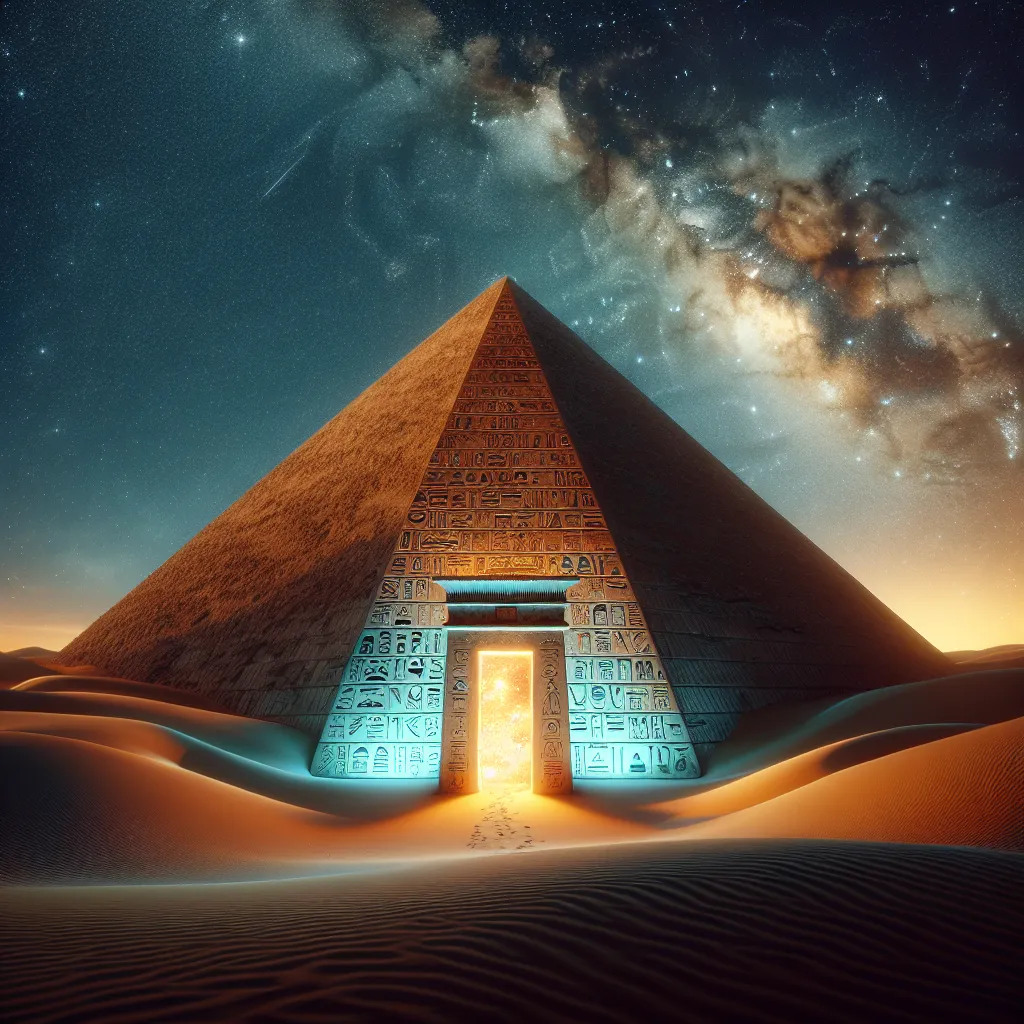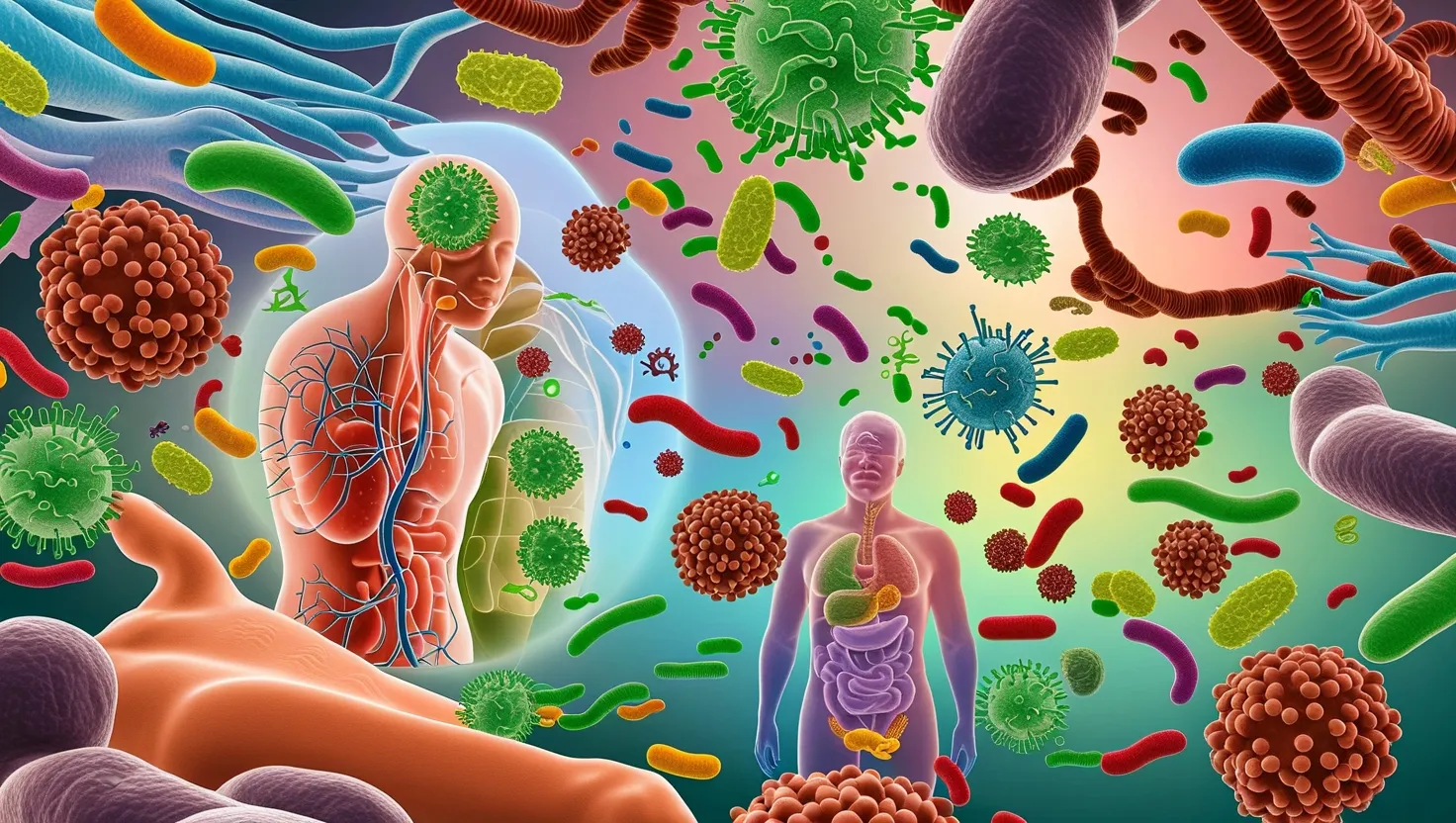Water. The most precious treasure on Earth. It’s everywhere – swirling in rivers, cascading from waterfalls, shimmering in the vast oceans. It’s so ingrained in our existence that it’s easy to forget it’s a cosmic mystery, a puzzle that has fascinated both scientists and wannabe space detectives like you and me. With our planet’s surface being 70% water, we’re naturally driven to ask: Where did all that wetness come from? Let’s jump into the cosmic detective series we didn’t know we were starring in and explore the theories vying to solve this aqua-mystery.
First up, we journey back in time to the birth of our solar system and greet those icy adventurers from afar — comets and asteroids. These space nomads, who carry not just rock and metal but a whole load of ice, are prime suspects. As they toured the early solar system, their paths often collided with Earth, potentially offloading their icy cargo, which melted into what we now call oceans.
Comets, the show-stars with radiant tails, are particularly interesting. They’re like celestial delivery guys with packages full of ice and dust. The tale of Comet 46P/Wirtanen, serving up water with a deuterium-to-hydrogen ratio akin to Earth’s ocean water, got the scientific community buzzing like they were binging the latest space-themed Netflix series. Comets have always been debated as primary hydrators of Earth, but not all give off matching vibes. Enter the Rosetta mission’s data on Comet 67P, which told us, in no uncertain terms, that its water doesn’t match ours. So, while some water-delivering comets exist, they might not have brought the whole shipment.
And don’t count out those gritty underdogs, the asteroids. Specifically, those from the outer asteroid belt - the carbonaceous chondrites. Solid contenders in the “Who Watered Earth?” race, they, too, carry isotopic signatures matching Earth’s water. Picture these asteroids like hydrated trail mix – encasing bits of water, validated by their chemical fingerprints. It’s really as if the universe just loves to keep us on our toes.
Another angle spins the tale homeward. Imagine early Earth enveloped in a thick, swirling mantle of molten rock – a fiery cauldron that forged its own H2O through a tête-à-tête with hydrogen. This Magma Ocean Theory proposes a more local twist: water isn’t just a gift from wayward celestial bodies but a result of Earth’s ancient atmospheric chemistry with a heated twist. This theory is the science version of a plot twist, suggesting our watery wealth came from beneath, not just beyond.
Then there’s the Planetary Cooling Theory, which is straight out of Earth’s early years script. Picture our young planet like a fresh baked pie cooling off and trapping volatile ingredients like water vapor. This thin, steamy cloak of vapor eventually skydived to Earth as oceans when the planetary thermostat ticked lower, giving shape to the vast blue horizons we know today.
As pieces of this cosmic jigsaw continue to rearrange, it’s crucial to spotlight the role of planetesimals. These were the original builders in the solar system, who either bore or got loaded with water-ice. When these primitive building blocks smacked into Earth, they might have cracked open like pinatas at a cosmic birthday bash, showering the planet with water-rich treats that stuck around to fill the seas, rivers, and lakes.
All these cosmic elements spun from the Solar Nebula — that ancient dusty, gassy blanket thrown around as the sun was bubbling into existence. The colder parts of this nebula cradled icy planetesimals, hurling them inward to where Earth stood, ready to soak up the solar system’s overflow.
Frankly, none of these theories can shoulder the whole mystery alone. Comets, asteroids, in-situ chemical magic, cooling atmospheres, and cosmic billiards played by planetesimals might all have dripped, flowed, and merged to give Earth its aquatic identity. The deuterium-to-hydrogen ratio often provides clues we can relate to from the mythological asteroids but not as much from the comets. Each theory has its aha moments alongside head-scratching dilemmas.
As much as experts wrack their brains, the revelations continue to trickle. With each leap in tech and cosmic exploration, more puzzle pieces land on the table. Mission after mission, like Rosetta chasing Comet 67P, teases out details from the heavenly soup kitchen. The Stratospheric Observatory for Infrared Astronomy (SOFIA) wields its light-spectral wizardry to dissect the isotopic compositions in comets, sharing the kind of mind-bending data that keeps cosmic soap operas running season after season.
But where does this leave us amid all the scientific hullabaloo? It’s a humbling, awe-inspiring narrative that Earth’s water might be an ensemble created by celestial partnerships. This mix – imagined as a ‘cosmic cocktail,’ with a splash of comet, a shot of asteroid, a swirl of hydrogen, and a generous pour of time – is life’s quintessential mixer. Whether it was cosmic droska rides or planetary alchemy, the preciousness of Earth’s water underscores the fragile conditions that cradle life.
Such stories have an uncanny way of shifting from dusty tomes to fresh narratives inviting new generations to ponder their world’s earliest origins. These tales aren’t just scientific exercises; they’re invitations to reflect on our roots, imploring us to care for the very element that sustains us. Water’s origin story serves not only to educate but to amaze us with the improbable chain of cosmic events that spawned the life-giving elements we depend on.
Even if some theories turn out inaccurate, each discovery further illuminates Earth’s watery path – effectively penciling in the unfinished lines of our galactic heritage. It is a saga still inspecting its latest chapters. Whether it’s from this or that cosmic basket, every drop of knowledge enriches our appreciation for the vast, beautifully improbable universe we call home. And while the definitive tale of Earth’s water may remain a tantalizing page-turner for now, it’s a reading we’re more than happy to look forward to, allowing it to captivate curiosity for decades to come.






